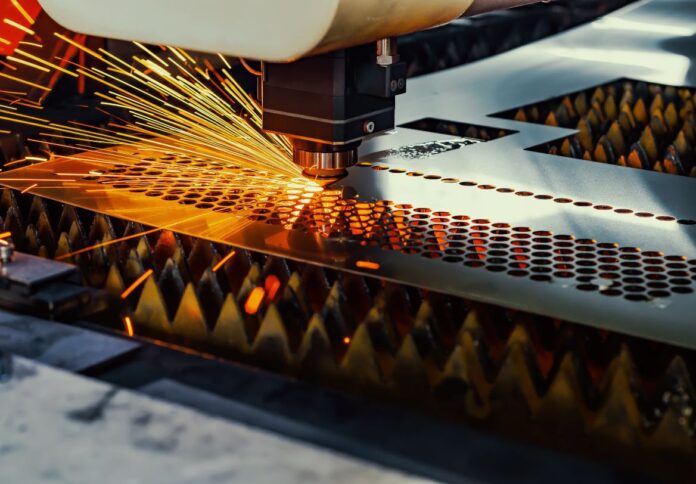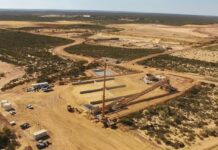
Contractionary conditions in the Australian manufacturing sector persisted to the end of 2023 as domestic and global demand continued to decline, according to the latest Purchasing Manager’s Index (PMI) data from Judo Bank.
The headline seasonally adjusted Judo Bank Australian Manufacturing PMI ended 2023 with a 47.6 rating, down from November’s 47.7. This marks the sharpest fall in manufacturing output since May 2020 and a 10th monthly decline in manufacturing sector conditions.
Matthew De Pasquale, economist at Judo Bank, said the latest PMI report confirms the Flash PMI report finding in early December that factory activity in Australia is easing and that the current index levels suggest the industry is on track for a “soft landing.”
“In December, the manufacturing output index returned to a historically low reading of 45.5 after showing signs of improvement through November,” De Pasquale said.
According to the report, deteriorations in demand conditions in the sector’s domestic and international landscapes drove a sharper decline in output.
Meanwhile, incoming new orders for Australian-made goods fell for the 13th straight month in December on the back of soft economic conditions and pressure from high-interest rates. Foreign demand was likewise subdued. That said, the rate of contraction in new orders and export orders eased from November.
Purchasing activity, input inventory holdings, and employment levels also fell along with production rates.
Outside of the height of the pandemic period in the first half of 2020, the pace at which manufacturing output fell was the fastest since data collection began for the survey in May 2016. Firms were also able to work through their backlogs, leading to a more pronounced depletion of outstanding orders in December.
Employment levels fell saw its sharpest decline since August 2020, albeit at a modest pace. Redundancies and the non-replacement of leavers contributed to the latest reduction in staffing levels, according to panellists.
December 2023 saw supply-side pressures in the sector being sustained, leading to an extension of lead times and a slight increase in inflationary pressures.
Meanwhile, rising costs in raw materials and fuel led to average input prices increasing at a faster rate during this period.
Consequent to higher cost burdens, Australian manufacturers raised selling prices at the quickest pace to cover costs. However, both the rates of input cost and output inflation remained below their respective series average.
“If the readings remain at current levels through early 2024, we anticipate the industry will continue on track for a soft landing, with only a gradual decrease in activity,” said De Pasquale.
Australian manufacturers maintained a positive overall sentiment through to the end of 2023.
The level of business confidence rose to a three-month high in December, albeit still below average, as firms remained hopeful that 2024 will bring higher sales to the sector.
“The future output index, a measure of business confidence, improved in December after consistently declining from August and hitting a cyclical low point in November. On average, businesses still expect increased activity over the next 12 months. However, compared to historical standards, the number of manufacturing businesses holding this opinion is relatively low,” De Pasquale said.
“The manufacturing sector has shown a consistent easing trend throughout 2023, responding well to monetary policy, with inflation aligned with the target levels set by the RBA. The sector’s activity is gradually slowing down, and we expect this trend to continue through early 2024.”




















